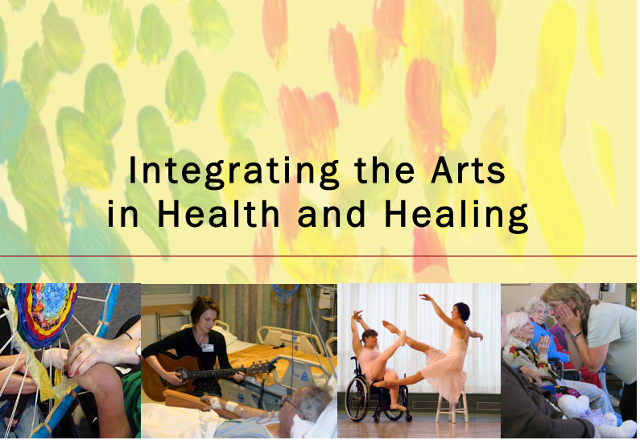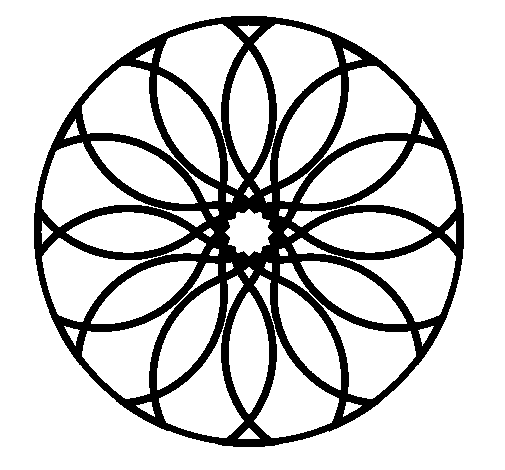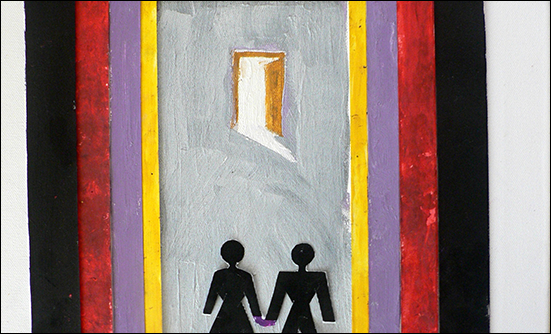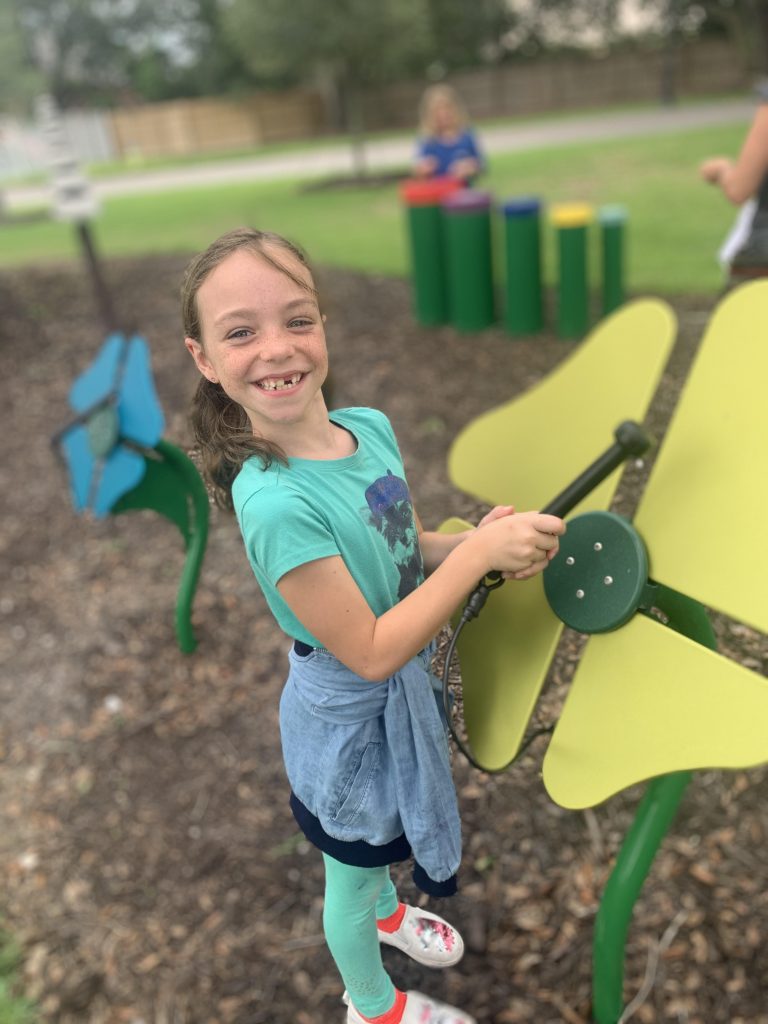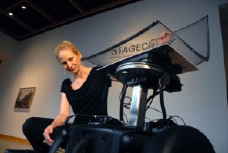Integrating the Arts in Health and Healing
New Hampshire Arts -in-Healthcare
2013 Survey Report
The arts contribute to what it means to be human, especially in times of illness. In the present day, as the expansion of knowledge clearly outpaces its adoption and utilization, many professionals continue to seek new and better ways to meet basic human needs for safety, community, and culture. A continually growing body of research shows the qualitative and quantitative benefits of the arts and health, demonstrating the critical role of the field in the health and well-being of individuals and communities around the world. This report contains selected results and findings from the New Hampshire Arts-in-Healthcare Survey. Arts-in-healthcare is a diverse, multidisciplinary field dedicated to transforming the healthcare experience by connecting people with the power of the arts at key moments in their lives. This rapidly growing field integrates the arts, including literary, performing and visual arts and design, into a wide variety of healthcare and community settings for therapeutic, educational and expressive purposes. Created through a collaborative effort between the New Hampshire State Council on the Arts and Concord Hospital, the goal of the survey was to evaluate the variety, depth, outcomes, and funding of arts-in-health programs in the state of New Hampshire. Using databases from both partner organizations, survey invitations were sent via email to a wide-range of potential respondents from across the state of New Hampshire (and neighboring states) which included both arts and healthcare professionals. Between January and May 2013, 88 individuals responded to the survey. This report summarizes some of the data and trends seen in the survey results.
Arts and health has five focus areas:
- Patient Care | In healthcare settings, where a patient’s sense of control is often lost or minimized, the arts serve as therapeutic and healing tools. By reducing stress, loneliness, and the perception of pain, the arts improve the patient experience and have a positive impact on health outcomes. These benefits further lead to shorter hospital stays, less need for pain medication, and enhanced patient adherence to treatment-resulting in substantial financial savings for both patients and health organizations.
- Healing Environments | Healing architecture and gardens, art installations, and natural lighting help to decrease patient and caregiver stress, improve outcomes, enhance patient safety, simplify wayfinding, and increase overall quality of care. A healing work environment also contributes vastly to the job satisfaction of professional caregivers, reducing errors and increasing effectiveness.
- Caring for Caregivers | Both professional and family caregivers are faced with the realities of human suffering, illness, and mortality on a daily basis. The arts offer all caregivers a safe space to process their experiences and emotions. While the patient is the direct focus of medical care, the arts help to support family members and reinforce their important role in the healing process. Healthcare settings become more person-centered through arts programming.
- Community Well-being | Arts and health benefits communities by engaging people in activities aimed at prevention and wellness. The arts have positive effects on quality of life and have been shown to foster mental, physical, and social benefits, including greater health literacy, fewer doctors’ visits, reduced use of medications, lowered anxiety and depression, improved memory and socialization skills, and increased levels of independence in a variety of populations and settings, from rural to metropolitan.
- Education | Medical and nursing schools in many countries have integrated arts courses to help students develop observation, diagnostic, and empathetic skills. Through the arts, future medical professionals can learn to understand and connect with patients on a more personal level, abilities that contribute to the holistic approach supported by current evidence-based medicine. Similarly, health and healing coursework is also a growing component of education for artists, architects, social


